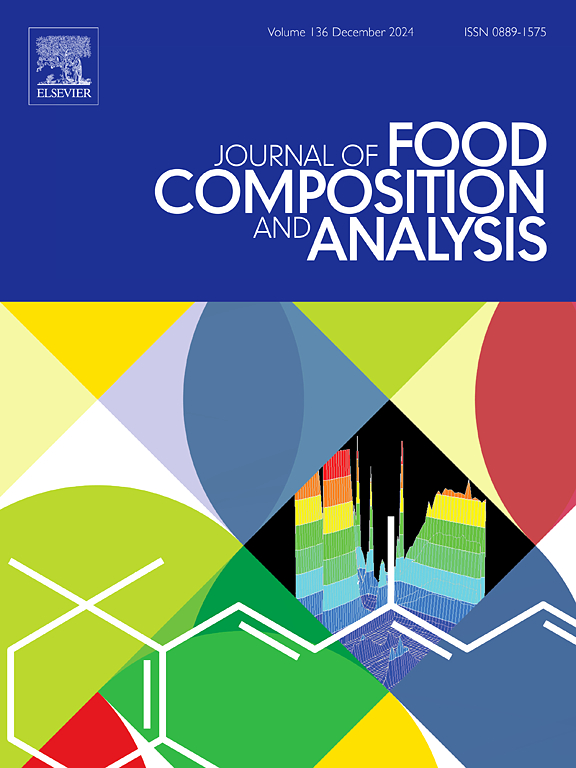Species-dependent effects of Hanseniaspora wine yeasts on amino acids and flavor metabolites during mixed fermentation with Saccharomyces cerevisiae
IF 4
2区 农林科学
Q2 CHEMISTRY, APPLIED
引用次数: 0
Abstract
Although Hanseniaspora yeasts are the predominant species in the early stages of winemaking, their species-specific effects on nutrient availability and flavor production have not been fully understood. In this study, Hanseniaspora yeasts of four species (H. uvarum, H. opuntiae, H. vineae, and H. osmophila) were evaluated in single fermentation and mixed fermentation with Saccharomyces cerevisiae (simultaneous and sequential inoculation). In contrast to H. uvarum and H. opuntiae group, H. vineae and H. osmophila group showed similar fermentation performances regarding biomass production, fermentative capacity, amino acid utilization and flavor production. However, such differences were suppressed in simultaneous fermentation once the dominant species S. cerevisiae was co-inoculated. In sequential fermentation, all the Hanseniaspora species achieved a higher population through early depletion of preferred amino acids (e.g., methionine and lysine), and decreased the growth of subsequent S. cerevisiae. H. vineae and H. osmophila exhibited stronger adaption to fermentation conditions due to efficient uptake of preferred amino acids, inducing higher production of higher alcohol acetates. Genomic analysis further confirmed the species-dependent effects of these two Hanseniaspora groups on amino acid utilization. These findings may provide new insights into physiological features of Hansenisapora yeasts and their interaction with S. cerevisiae in mixed fermentation.
求助全文
约1分钟内获得全文
求助全文
来源期刊

Journal of Food Composition and Analysis
工程技术-食品科技
CiteScore
6.20
自引率
11.60%
发文量
601
审稿时长
53 days
期刊介绍:
The Journal of Food Composition and Analysis publishes manuscripts on scientific aspects of data on the chemical composition of human foods, with particular emphasis on actual data on composition of foods; analytical methods; studies on the manipulation, storage, distribution and use of food composition data; and studies on the statistics, use and distribution of such data and data systems. The Journal''s basis is nutrient composition, with increasing emphasis on bioactive non-nutrient and anti-nutrient components. Papers must provide sufficient description of the food samples, analytical methods, quality control procedures and statistical treatments of the data to permit the end users of the food composition data to evaluate the appropriateness of such data in their projects.
The Journal does not publish papers on: microbiological compounds; sensory quality; aromatics/volatiles in food and wine; essential oils; organoleptic characteristics of food; physical properties; or clinical papers and pharmacology-related papers.
 求助内容:
求助内容: 应助结果提醒方式:
应助结果提醒方式:


